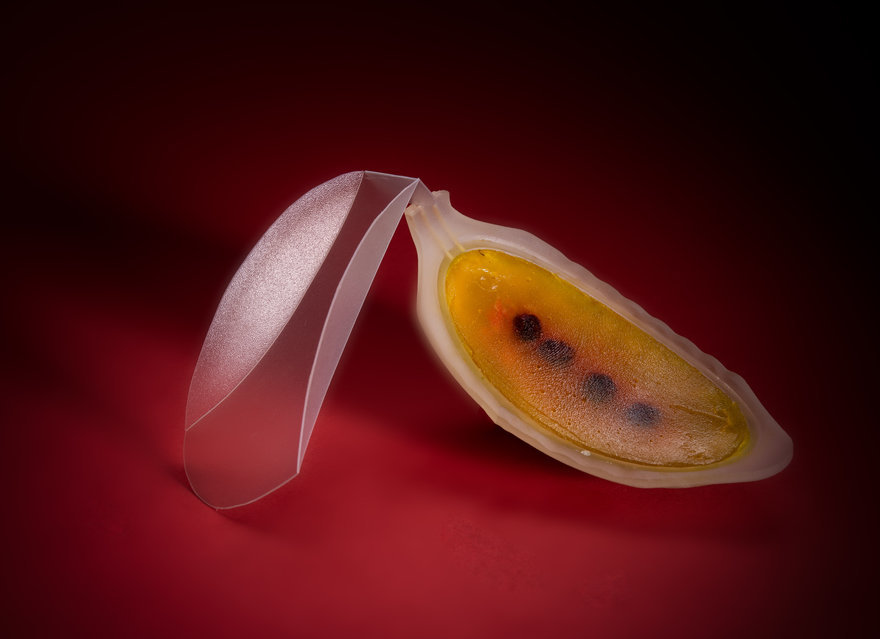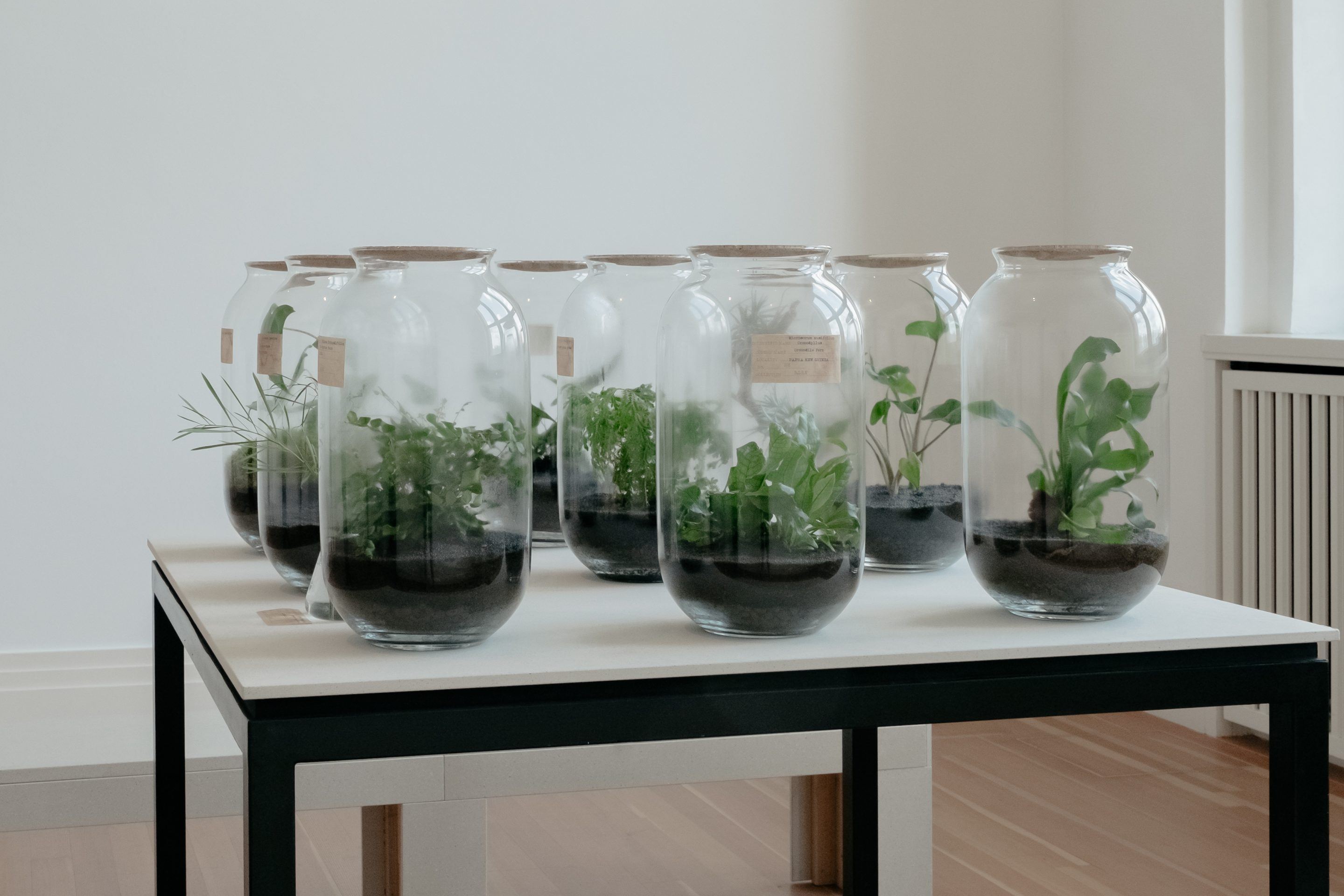Our weekly serving of off-the-menu items – a few popular favorites from the week, as well as a few morsels that may have slipped your notice.
 Photo by Gabriele Kothe-Heinrich.
Photo by Gabriele Kothe-Heinrich.
The red seaweed Porphyra, known to most of us as Nori, has been a staple part of Japanese diets since at least the seventh century BC. Mass production of nori eventually made the seaweed cheap and readily available for for even more people, until shortly after World War II, when a series of tsunamis ravaged Japan’s coast and prompted Porphyra to stop growing. It wasn’t until marine biologists in Japan discovered the work of British scientist Kathleen Drew-Baker that they uncovered the answer to their seaweed shortage.
Recollections and Reflections from Wendell Berry
When writer and advocate for sustainable agriculture Wendell Berry left NYC for his small-town home and farm in Kentucky, his colleagues told him he was ruining his career. In this interview with The New Yorker, Berry recounts his connection to the natural world, the path that led him back to his home and his thoughts on agrarian America.
 Mark Dion’s exhibition features small structures housing small objects.
Mark Dion’s exhibition features small structures housing small objects.
Food-Centric Art Enters Storm King
Artist Mark Dion’s exhibition Follies at Storm King scatters small structures across the art center’s acres of land. Each structure houses displays of delicate objects, covering themes that explore the intersection of culture and nature. The exhibition includes arrangements like a table set for a meal of game, and shelves of molded desserts made of resin.
Instagram’s International Snack Store
Have you ever noticed that other countries often have different (and better) flavors of your favorite snack foods, that you can’t find at home? (Some personal favorites include serrano ham Pringles and honey lime Doritos.) Instagram account @thesupersnackstore is capitalizing on the rare snack market by selling the scarce foods through the social media platform. Users simply have to dm the snack account to have their foods of choice shipped or delivered to them.
Sourcing Rubber from Hydroponic Dandelions
Although rubber is ubiquitous in our every-day lives, climate change and failing crops of rubber trees are threatening the global supply of latex. To secure a supply of rubber, and to reduce the ecological impacts of rubber tree crops, scientists are exploring the possibility of rubber sourced from other plants. With a fast grow rate and minimal labor costs, hydroponically-grown rubber dandelions may hold the answer.


















